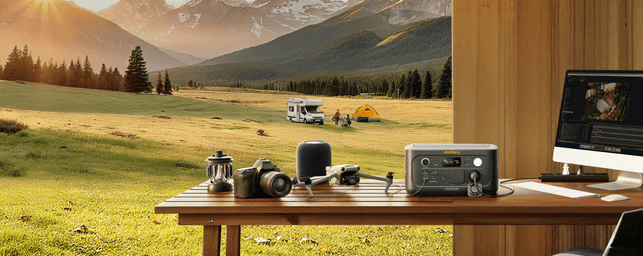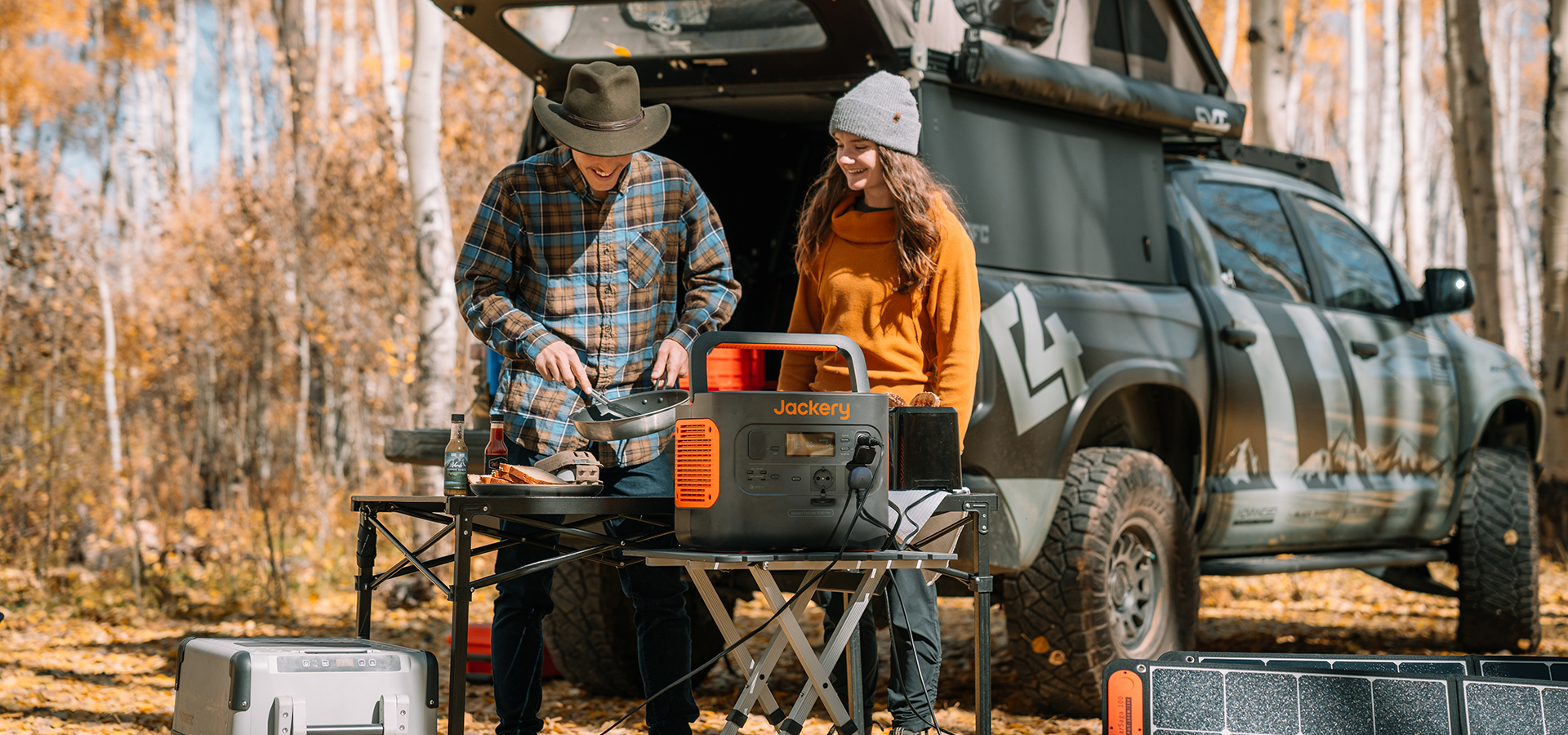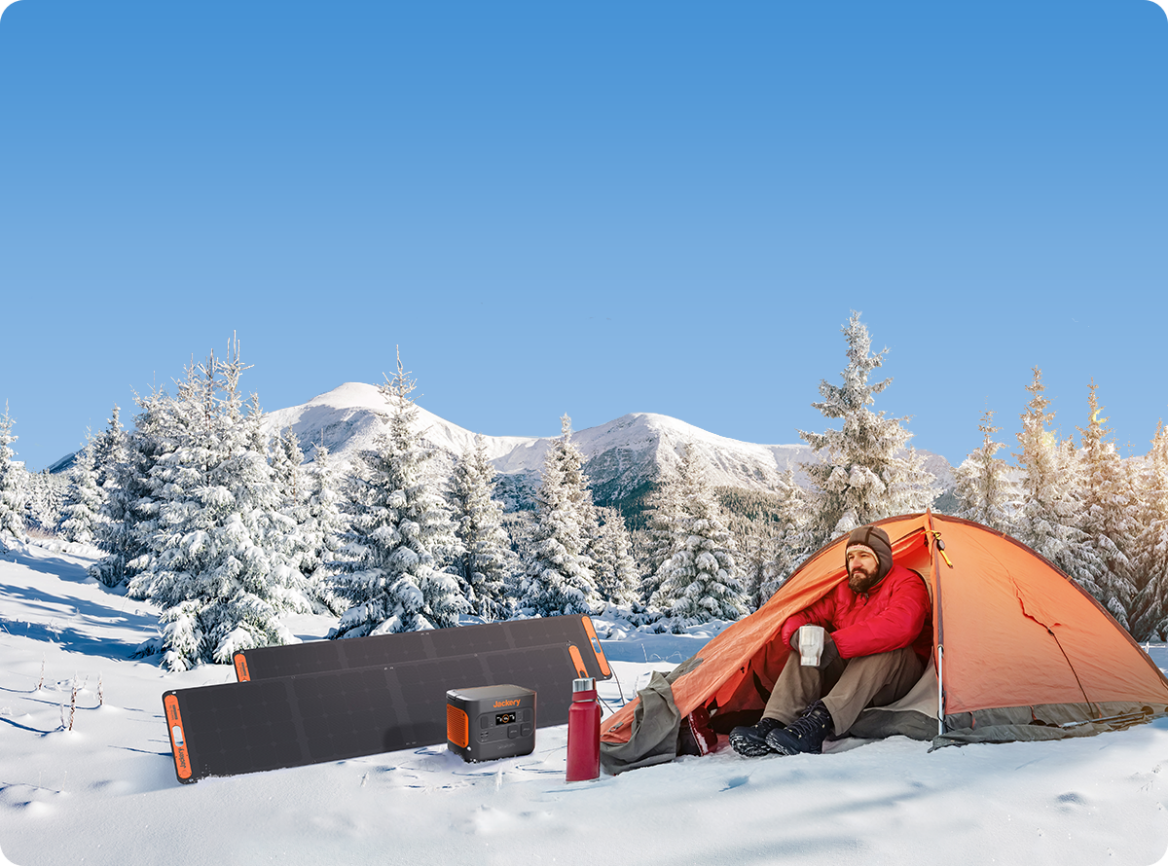Essentials for a Perfect Stargazing Experience
Multiple studies reveal that the average naked human eye can see up to 5,000 stars on a clear night. [1] That’s fantastic news for skywatching lovers, as it means you don’t really need fancy equipment to get started. However, if you want the “perfect” stargazing experience away from your usual spots, preparing the gear well beforehand is best.
When starting out, the first question that comes up is, “What essentials should you pack for the ultimate skywatching experience?” It’s hard to answer for beginners, so we’ve put together the essentials to get you started:
1. Basic Equipment
The most basic (and non-negotiable) equipment to catch a glimpse of the sky includes the following:
Telescope
While a clear, dark night presents you with a whole film of stars, constellations, and the Milky Way with just the naked eye, a telescope is a must for next-level stargazing. You can pick any that’s easy to use and install to view the wonders of space.
Camera
What’s better than letting the sky’s magic stay with you? That’s where your camera steps in. It allows you to capture moments like meteor showers or aesthetically arranged stars on a beautiful night.
Tripod
Your telescope and camera must be ready and correctly positioned at all times, especially if you don’t want your shaky hands to ruin the experience. It helps you adjust your telescope or camera’s angle to get the best of the night’s view.
Mobile Phone
Carrying your phone is especially beneficial for your stargazing trip. Multiple star charts and apps like SkySafari help you locate constellations, which you can easily access through phones. But make sure to have solar generators to power up your phone when off the grid.
Laptop
If you’re a diehard stargazing enthusiast, a laptop is an excellent addition to your kit. It helps you track celestial events, store thousands of views, and even connect to your smart telescope for a one-of-a-kind experience.
Star Map
Physical or digital, a star map is your ultimate guide to stargazing in the American wilderness. It helps you identify constellations, planets, and other sky or space-related wonders.
Compass
While most folks skip this out, a compass helps incredibly with figuring out directions under the dark sky. Once you know where north or south is, it becomes much easier to head in the right direction.
Red Light Flashlight
Red light works wonders for all your nighttime adventures, and stargazing is no exception. Unlike regular flashlights, it lets you navigate through dark spaces without messing up your night vision.
2. Camping Essentials
A well-thought-out stargazing trip always involves camping to enhance your stargazing experience, so you’ve got to prepare for it separately. Here’s what you’ll need for successful camping under the sky:
Tents
Goes without saying - your tent serves as your temporary shelter when you’re miles away from your place. Make sure to go for one that’s easy to set up and suited for different weather conditions for a hassle-free experience.
Chairs
If you’re up for long nights of stargazing, some comfortable chairs always help support your back. However, make sure to foldable ones that are super easy to carry to prevent overburdening your kit.
Warm Clothing
While most travellers ignore it, warm clothing should be on top of your packing list. Even during summer, nights may get super chilly. Warm clothes will keep you comfortable throughout the night.
Food
Additionally, pack non-perishable, ready-to-eat snacks to keep your energy up while you watch the sky showcase its beauty.
Water
When out in the wilderness, drinking water is extremely important. So, don’t forget to pack plenty of water with you that gets you through your entire stargazing trip.
3. Portable Solar Generator
Besides the basic essentials, one critical addition to your stargazing gear is a portable solar generator. This is because the adventure often takes you to remote locations where there’s no access to the grid. While these spots are perfectly serene for skywatching, they bring multiple power challenges that are hard to navigate without a reliable power station.
To fend off these challenges, you’ll often want a source that’s quiet, safe to use, and perfectly eco-friendly. This is where solar generators step in. They’re quiet, emission-free, and are super portable for avid stargazers.

The Beginner’s Stargazing Guide
If you’re entirely new to stargazing, it can be tricky to know where to start. This guide, however, will help you get to your ultimate adventure one step at a time. Follow these steps carefully to enjoy your skywatching experience to the fullest:
1. Choose Stargazing Locations
Stargazing from your backyard is fun, but why settle for it when there are so many other places giving better experiences? There are multiple stargazing locations in Europe worth checking out. Depending on your preferences, you could pick a park nearby or head straight to your country’s remote areas for a whole new level of skywatching.
When choosing your ideal site to stargaze, pick one that’s away from the city lights to prevent light pollution from getting in the way. Ideally, head to higher altitudes for clearer views. While you’re at it, take the weather conditions of your destination into account so you can prepare accordingly. Don’t forget that a cloud-free, clear night sky is your best time to head out!
2. Plan the Stargazing Time
Once you’ve picked out your stargazing spot, it’s time to prepare a schedule. Timing can make a huge difference in how your experience turns out. You may want to check for moon phases to plan your trip on dark nights. Luckily, meteor showers occur at the same time each year, so you can head out around that time for the best experience.
3. Learn Stargazing Knowledge
The more you know about stars and space, the better experience you’ll have. It never harms to brush up on your stargazing knowledge well beforehand. For example, get familiar with constellations to understand the twinkling dots scattered across the dark night.
Also, learn how to use a star map and, of course, to operate a telescope to its full potential. It may seem like a bit of work, but a little preparation can make a huge difference!
4. Carry Essential Equipment
For a super comfortable skywatching experience, where all you care about is the stars, don’t miss out on essential equipment. As listed earlier, your telescope, tripod, camping tents, phones, and portable solar generators all add to your comfort.
5. Maintain Patience
Stargazing isn’t your ordinary camping night where the fun begins from the get-go. Instead, it takes a bit of patience before the beauty of the night unfolds before your eyes. Allow your eyes enough time to adjust to the darkness.
Once they do, take your time spotting the stars and constellations. Rushing things from the moment you arrive at the spot only ends up ruining it all for you. Good things take time.
6. Stay Safe
Despite your enthusiasm to watch the sky, don’t forget that your safety comes first. To stay safe, bring along a red flashlight and research if there are potential threats to your destination ahead of time. If you’re all set to take on challenges, let someone know your location (especially if you’re heading to remote areas in Europe).
7. Record and Share
Lastly, if possible, capture your experience and note down your observations. This way, sharing your stargazing glimpse with your friends and family becomes easier. Who knows, it might inspire them to take the leap, too.
Your Ultimate Power Supply Companion for Stargazing
As we mentioned earlier, stargazing requires solar power stations to ensure the continuous operation of the equipment.
At Jackery, we offer a range of portable solar generators that ensure that when you set forth to stargaze, you won’t run into power struggles again. Our top two solar generator models that are appreciated by stargazing enthusiasts include:
1. Jackery Solar Generator 500
Our Jackery Solar Generator 500 is a fantastic pick for stargazing lovers who want a quiet, dependable, and eco-friendly power source. This model works well with the Jackery SolarSaga 100W solar panel, which generates and stores energy to power your nights.
With a capacity of 518Wh and a 500W inverter, this solar generator is perfect for powering small appliances like lamps, laptops, cameras, and smartphones, ensuring you stay comfortable and prepared during your stargazing trip.
Moreover, the Jackery Solar Generator 500 is small in size, and its Jackery Explorer 500 Portable Power Station weighs only 6kg, making it easy to fit into your stargazing backpack.
2. Jackery Solar Generator 1000 v2
If you’re up for extended stays at remote locations, our Jackery Solar Generator 1000 v2 takes care of your needs throughout the trip. This portable solar generator has a massive 1070Wh capacity and an impressive 1500W output — ready to power heavy-duty appliances effortlessly.
Despite the incredible power, this incredible solar generator is 18% smaller than its predecessors. This means you can carry it easily to remote stargazing locations, no matter how far they are.
The Jackery Solar Generator 1000 v2 is equipped with the latest emergency super charging function, which can be fully charged in as little as 1 hour. Therefore, even if you have a whim to set off for stargazing that evening, this solar generator won't make you wait too long.
In addition, this portable solar power generator is equipped with a reliable, durable, and upgraded LiFePO4 battery, with a lifespan of up to ten years, providing long-lasting support for your outdoor activities.
Best Stargazing Locations in Europe
If you’re a stargazing enthusiast residing in Europe, it is full of exceptional stargazing spots you don’t want to miss out. Here’s a list of the best sites worth visiting to watch the night’s stars in full swing:
1. North York Moors, England
The North York Moors in the UK deserve the spot on our list. This rugged yet spectacular national park is the perfect place to observe nature. With miles of open space, the night comes alive with thousands of stars, constellations, and perhaps even quick glances of the Milky Way.
Some of the best places to stargaze in North York Moors include the Dalby Forest, Sutton Bank, and the Blakey Ridge Car Park. Come prepared with warm clothes and a star map to enjoy the best of North York Moors!
2. Westhavelland Nature Park, Germany
Just a two-hour drive from Berlin, the Westhavelland Nature Park in Germany is a must-visit for stargazing enthusiasts. The park offers some of the darkest skies in Europe, and areas around Gülpe and Nennhausen are almost entirely free from light pollution.
Better yet, there are around nine observation points throughout the park, where you can feast your eyes on the Milky Way’s hazy trial pretty unfiltered. [2]
3. Tuscany, Italy
If you live in or around Italy, you don’t want to miss out on Tuscany for your skywatching adventure. With multiple hilltop villages and minimal light pollution, this place is no less than a stargazer’s paradise. As any true sky lover would know, the celestial charm here is unmatched.
The best part? During the summer months, the Chianti Observatory hosts full-fledged stargazing nights in Tuscany. Led by astronomers themselves, these groups will teach you all about constellations, nebulae, stars, and space itself.
4. Haunte-Pyrénées, France
The last spot on the list, the Haute-Pyrénées region, is a literal skygazer’s dream. As a part of Europe’s largest International Dark Sky Reserve and thousands of feet above sea level, the spot often tops the list for many. It’s a combination of earthly and celestial charms, where you get to immerse in the Universe’s magic.

Conclusion
You don’t necessarily have to be a pro to enjoy stargazing in the wilderness of Europe. With the right equipment and some handy tips, you can dig into the beauty of the stars and dark nights to the fullest.
Just add the Jackery Solar Generator 500 or Jackery Solar Generator 1000 v2 to your packing list, and you’re set to stargaze like a pro. Visit the Jackery website and choose one for your European stargazing trip!
References
[1] How many stars can you see with the naked eye? Available at: https://www.wdrb.com/weather/wdrb-weather-blog/how-many-stars-can-you-see-with-the-naked-eye (Accessed: 16 December 2024)
[2] The Best Spots for Stargazing in Europe. Available at: https://www.tourradar.com/days-to-come/best-stargazing-and-astronomy-tours-in-europe-by-locals/ (Accessed: 16 December 2024)









